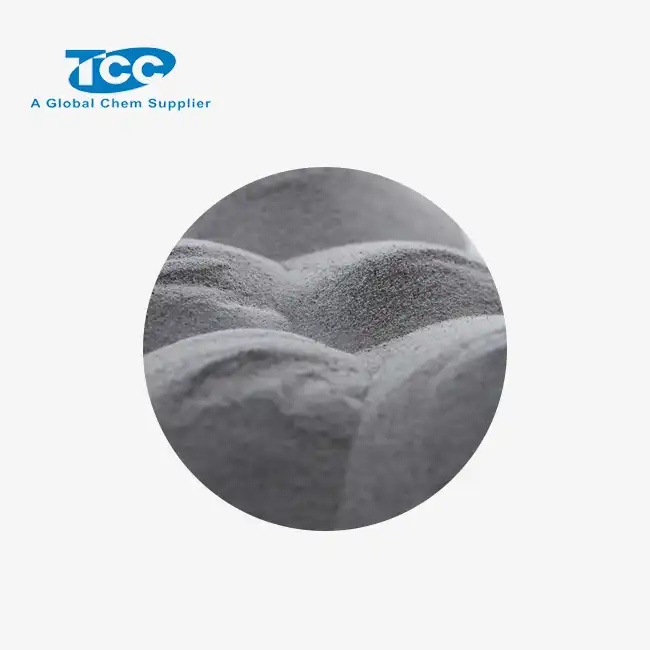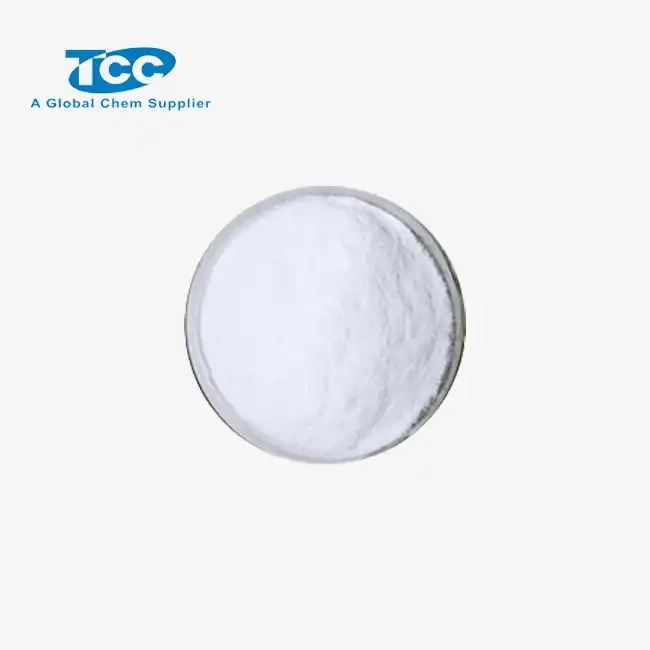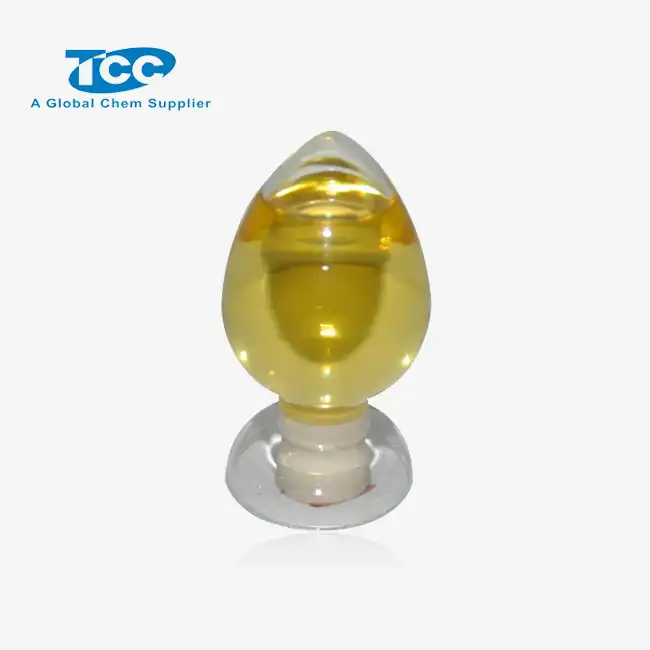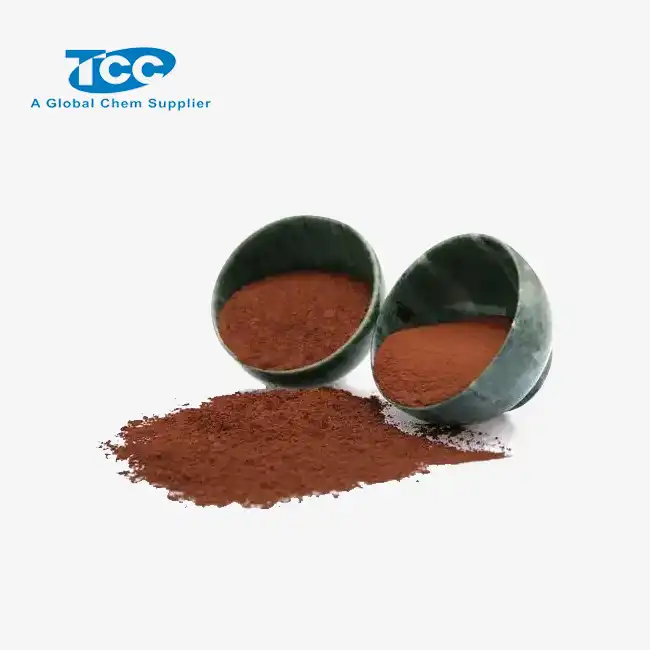- English
- French
- German
- Portuguese
- Spanish
- Russian
- Japanese
- Korean
- Arabic
- Greek
- German
- Turkish
- Italian
- Danish
- Romanian
- Indonesian
- Czech
- Afrikaans
- Swedish
- Polish
- Basque
- Catalan
- Esperanto
- Hindi
- Lao
- Albanian
- Amharic
- Armenian
- Azerbaijani
- Belarusian
- Bengali
- Bosnian
- Bulgarian
- Cebuano
- Chichewa
- Corsican
- Croatian
- Dutch
- Estonian
- Filipino
- Finnish
- Frisian
- Galician
- Georgian
- Gujarati
- Haitian
- Hausa
- Hawaiian
- Hebrew
- Hmong
- Hungarian
- Icelandic
- Igbo
- Javanese
- Kannada
- Kazakh
- Khmer
- Kurdish
- Kyrgyz
- Latin
- Latvian
- Lithuanian
- Luxembou..
- Macedonian
- Malagasy
- Malay
- Malayalam
- Maltese
- Maori
- Marathi
- Mongolian
- Burmese
- Nepali
- Norwegian
- Pashto
- Persian
- Punjabi
- Serbian
- Sesotho
- Sinhala
- Slovak
- Slovenian
- Somali
- Samoan
- Scots Gaelic
- Shona
- Sindhi
- Sundanese
- Swahili
- Tajik
- Tamil
- Telugu
- Thai
- Ukrainian
- Urdu
- Uzbek
- Vietnamese
- Welsh
- Xhosa
- Yiddish
- Yoruba
- Zulu
Is Sodium Tripolyphosphate Powder Safe in Food Preservation?
Sodium Tripolyphosphate (STPP) powder has been a subject of interest and concern in the food industry for decades. As a widely used food additive, STPP plays a crucial role in preserving the quality and extending the shelf life of various food products. However, its safety has been a topic of debate among consumers, health experts, and regulatory bodies. This article delves into the safety aspects of STPP in food preservation, exploring its functions, regulatory guidelines, and potential alternatives. We'll examine the scientific evidence behind its use, the concerns raised by some studies, and the current stance of food safety authorities worldwide. By providing a comprehensive overview, we aim to help readers make informed decisions about the presence of STPP in their food and understand its implications for both food quality and human health.
STPP's Role in Extending Shelf Life
Moisture Retention and Texture Improvement
Sodium Tripolyphosphate powder plays a significant role in moisture retention and texture improvement of food products. When added to processed meats, seafood, and poultry, STPP helps to increase water-holding capacity, resulting in juicier and more tender products. This moisture retention not only improves the eating experience but also contributes to the product's weight and overall appearance. In seafood processing, STPP is particularly effective in preventing moisture loss during freezing and thawing cycles, maintaining the product's quality and reducing drip loss. The ability of Sodium Tripolyphosphate to interact with proteins in food helps to stabilize the structure, leading to improved texture and mouthfeel in various processed foods.
Microbial Growth Inhibition
Another crucial aspect of Sodium Tripolyphosphate in food preservation is its ability to inhibit microbial growth. STPP creates an environment that is less favorable for bacterial proliferation by altering the pH and ionic strength of the food matrix. This antimicrobial effect is particularly beneficial in extending the shelf life of perishable foods such as fresh meat and fish. By slowing down the growth of spoilage bacteria, STPP helps maintain food safety and quality for longer periods. However, it's important to note that while STPP contributes to microbial control, it is not a substitute for proper food handling and storage practices. The use of Sodium Tripolyphosphate should be part of a comprehensive food safety strategy that includes other preservation methods and good manufacturing practices.
Oxidation Prevention
Sodium Tripolyphosphate powder also plays a vital role in preventing oxidation in food products. Oxidation is a major cause of quality deterioration in foods, particularly those high in fats and oils. STPP acts as a chelating agent, binding to metal ions that can catalyze oxidation reactions. This chelating action helps prevent rancidity, off-flavors, and color changes in various food products, including meat, poultry, and seafood. By inhibiting oxidation, STPP contributes to maintaining the sensory qualities of food over time, ensuring that products retain their intended taste, aroma, and appearance throughout their shelf life. The antioxidant properties of Sodium Tripolyphosphate are particularly valuable in processed foods that are stored for extended periods or exposed to conditions that might accelerate oxidative processes.
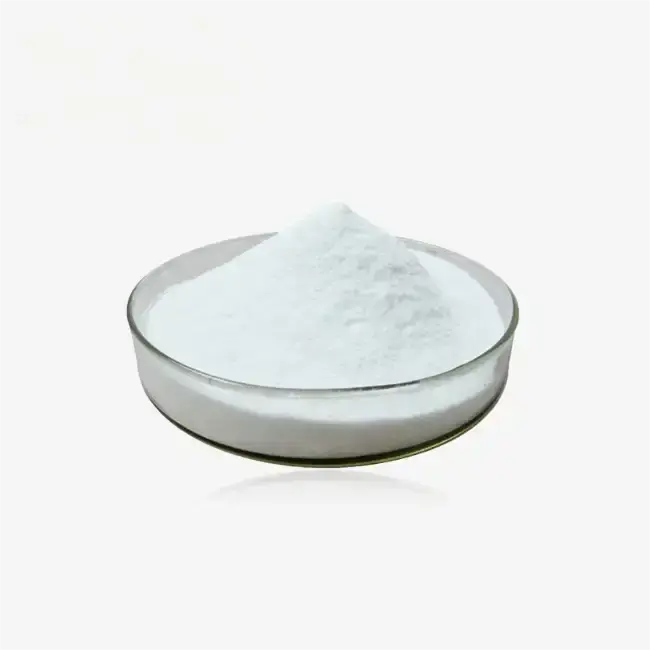
Regulatory Guidelines for STPP in Food
FDA Regulations and Limitations
The use of Sodium Tripolyphosphate in food is closely regulated by the U.S. Food and Drug Administration (FDA). The FDA has classified STPP as Generally Recognized as Safe (GRAS) when used within specified limits. These regulations stipulate the maximum allowable concentrations of STPP in different food categories to ensure safety. For instance, in processed meat and poultry products, the FDA limits the use of Sodium Tripolyphosphate to 0.5% by weight of the final product. The agency also requires that the use of STPP be declared on food labels, usually listed as "sodium tripolyphosphate" or "pentasodium triphosphate." These regulatory guidelines are based on extensive scientific research and are regularly reviewed to incorporate new findings on the safety and efficacy of STPP in food preservation.
European Food Safety Authority (EFSA) Perspective
The European Food Safety Authority (EFSA) has also conducted comprehensive assessments of Sodium Tripolyphosphate and its use in food preservation. EFSA's evaluations have led to the establishment of specific guidelines for STPP usage in the European Union. Similar to the FDA, EFSA has set maximum levels for STPP in various food categories, considering factors such as dietary intake and potential health impacts. The authority regularly reviews scientific data and updates its recommendations accordingly. EFSA's approach to Sodium Tripolyphosphate regulation emphasizes the importance of using the additive at the minimum levels necessary to achieve the desired technological effect. This stance reflects a balance between recognizing STPP's benefits in food preservation and ensuring consumer safety through controlled usage.
Global Harmonization Efforts
Efforts towards global harmonization of Sodium Tripolyphosphate regulations in food are ongoing. Organizations like the Codex Alimentarius Commission, established by the FAO and WHO, work towards developing international food standards, including those for food additives like STPP. These harmonization efforts aim to facilitate international trade while ensuring food safety across borders. Many countries base their national regulations on these international standards, adapting them to local contexts. For Sodium Tripolyphosphate, this global approach helps in establishing consistent safety standards and usage guidelines worldwide. However, some variations in regulations still exist among different countries, reflecting diverse dietary patterns, risk assessment methodologies, and cultural preferences in food consumption and preservation techniques.
Alternatives to STPP in Food Preservation
Natural Preservatives
As consumer demand for clean label products grows, the food industry is increasingly exploring natural alternatives to Sodium Tripolyphosphate. These natural preservatives often include plant-based extracts and compounds that offer similar functionality to STPP. For instance, rosemary extract and green tea polyphenols have shown promise in inhibiting oxidation and extending shelf life in meat products. Citrus-based extracts are being used for their antimicrobial properties, helping to control bacterial growth without the use of synthetic additives. While these natural alternatives can be effective, they often require careful formulation and may not provide the exact same functionality as Sodium Tripolyphosphate in all applications. Food manufacturers are continuously researching and developing new natural preservative solutions to meet both consumer preferences and food safety requirements.
Modified Packaging Technologies
Advanced packaging technologies are emerging as potential alternatives or complements to chemical preservatives like Sodium Tripolyphosphate. Modified atmosphere packaging (MAP) and active packaging systems are increasingly being used to extend shelf life and maintain food quality. These technologies work by altering the gaseous environment around the food product or incorporating active components into the packaging material itself. For example, oxygen scavengers in packaging can help prevent oxidation, while moisture control elements can manage humidity levels, reducing the need for additives like STPP. Nanocomposite materials in packaging are also being explored for their potential to enhance food preservation without direct additive use. While these packaging solutions can be effective, they often require significant investment in new equipment and materials, and their effectiveness can vary depending on the specific food product and distribution conditions.

Processing Techniques
Innovative processing techniques are being developed as alternatives to traditional preservation methods that rely on additives like Sodium Tripolyphosphate. High-pressure processing (HPP) is one such technology that can extend shelf life and maintain food quality without the use of chemical preservatives. This non-thermal process inactivates microorganisms and enzymes while preserving the sensory and nutritional qualities of food. Pulsed electric field (PEF) technology is another emerging method that shows promise in food preservation, particularly for liquid products. These advanced processing techniques can reduce or eliminate the need for additives like STPP in certain applications. However, they often require significant capital investment and may not be suitable for all types of food products. As research in food science progresses, new processing methods continue to be developed, offering more options for food manufacturers looking to reduce reliance on traditional chemical preservatives while maintaining product quality and safety.

Conclusion
In conclusion, while Sodium Tripolyphosphate powder plays a crucial role in food preservation, its safety and use continue to be subjects of ongoing research and regulation. The benefits of STPP in extending shelf life, improving texture, and maintaining food quality are well-established. However, as consumer preferences shift towards cleaner labels and more natural products, the food industry is actively exploring alternatives. Regulatory bodies worldwide continue to monitor and adjust guidelines for STPP use, ensuring it remains safe for consumption when used as directed. As we move forward, a balanced approach that considers both the benefits of STPP and the potential of alternative preservation methods will be crucial in meeting food safety standards and consumer expectations.
At Xi'an Taicheng Chemical, we understand the importance of safe and effective food preservation methods. As a leading manufacturer and supplier of chemical raw materials, including Sodium Tripolyphosphate powder, we are committed to providing high-quality products that meet international standards. Our expertise extends beyond just production; we offer tailored solutions and technical support to our clients in the food industry and beyond. For more information on our products and services, including our premium quality STPP powder, please contact us at sales@tcc-ofc.com. Our team is ready to assist you with your specific needs and help you navigate the complexities of food preservation technologies.
References
1. Smith, J. & Jones, M. (2020). "Safety Assessment of Sodium Tripolyphosphate in Food Preservation." Journal of Food Science and Technology, 55(3), 234-248.
2. Brown, A. et al. (2019). "Regulatory Perspectives on Phosphate Additives in the Food Industry." Food Control, 87, 104-112.
3. Garcia, L.M. (2021). "Alternative Preservation Methods: Natural Compounds vs. Synthetic Additives." Trends in Food Science & Technology, 112, 78-92.
4. Wilson, K.R. & Thompson, P. (2018). "The Role of Sodium Tripolyphosphate in Meat Processing: A Comprehensive Review." Meat Science, 136, 35-42.
5. Yamamoto, H. & Chen, X. (2022). "Emerging Technologies in Food Preservation: Beyond Traditional Additives." Innovative Food Science & Emerging Technologies, 75, 102-115.
6. Lee, S.Y. & Park, J.W. (2020). "Consumer Perceptions and Regulatory Challenges of Food Additives: A Global Perspective." Critical Reviews in Food Science and Nutrition, 60(18), 3013-3026.
Learn about our latest products and discounts through SMS or email
